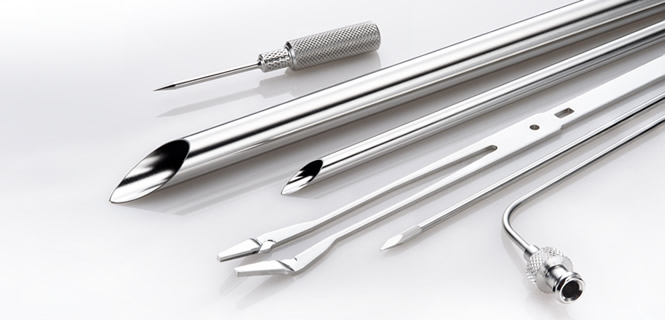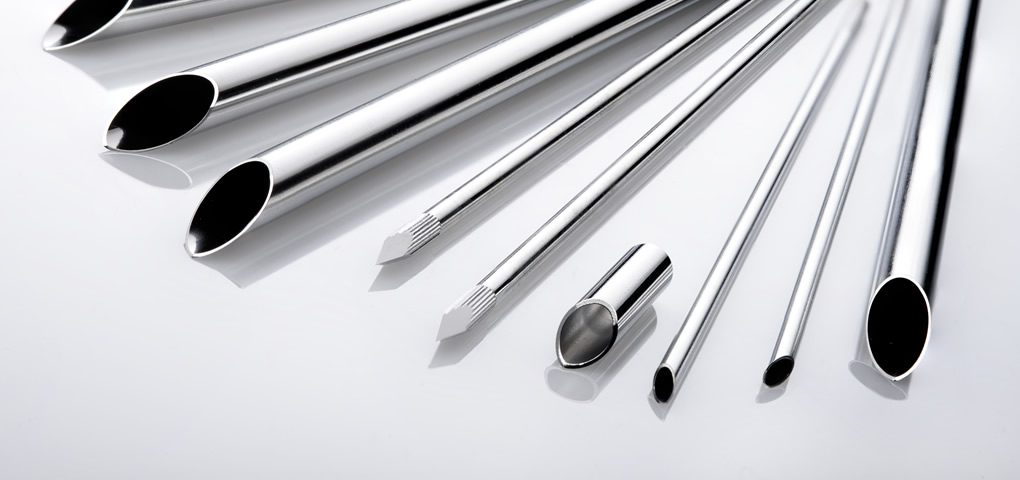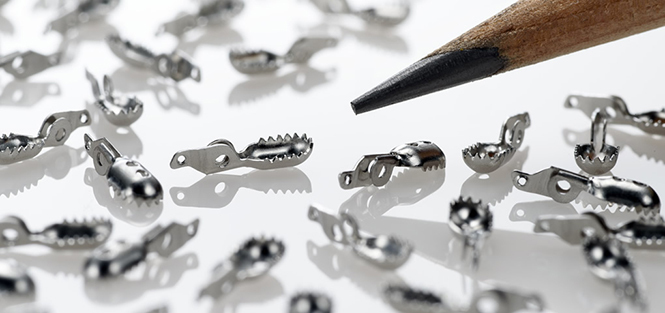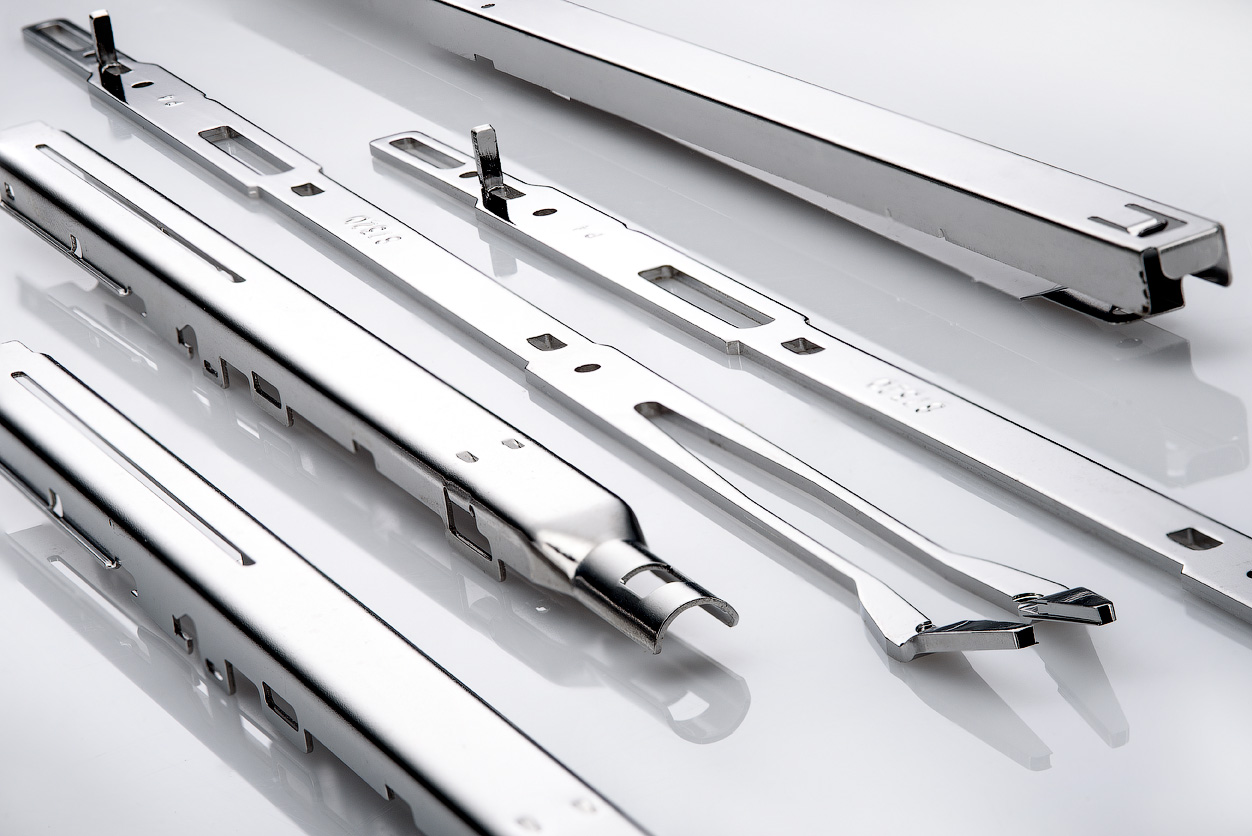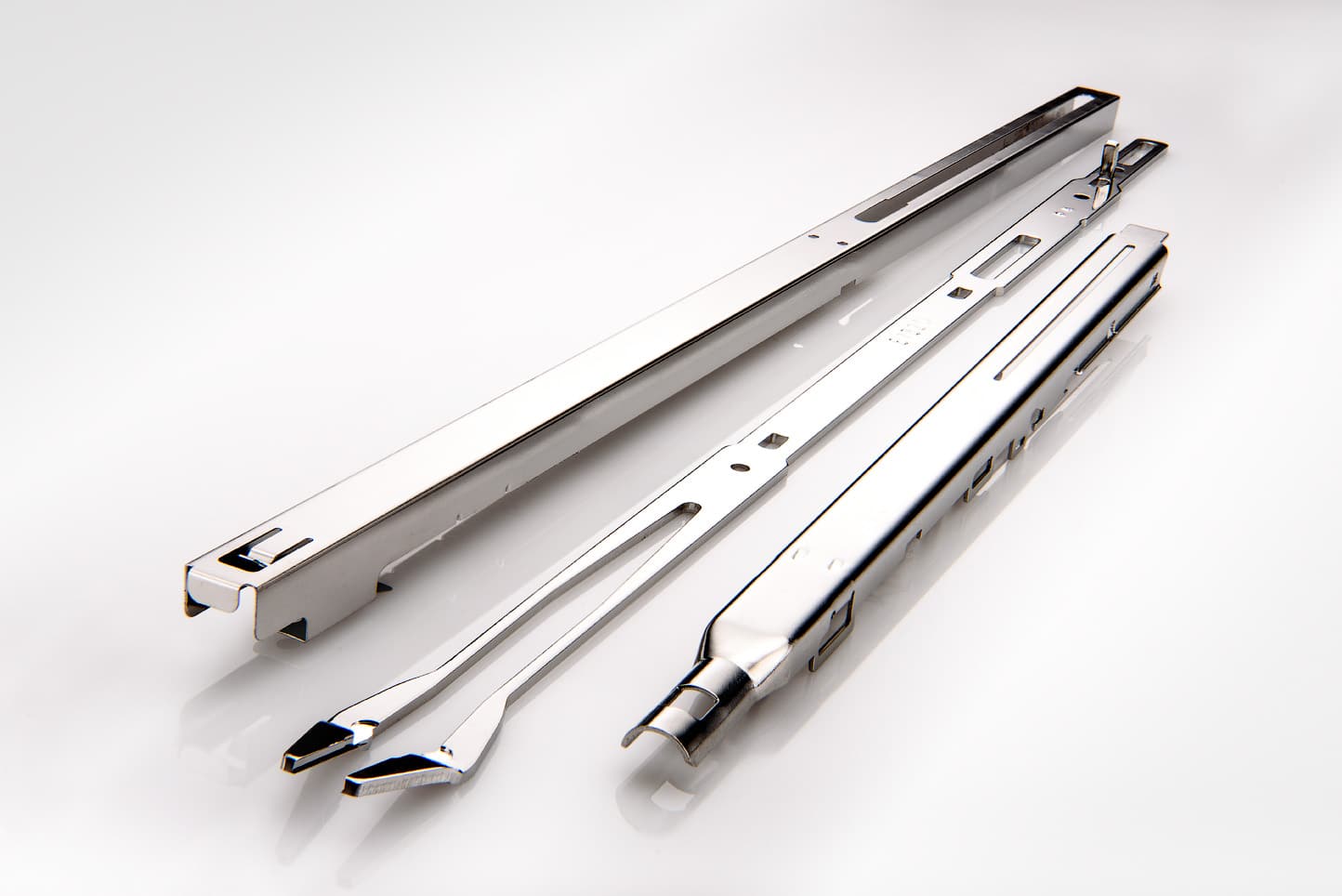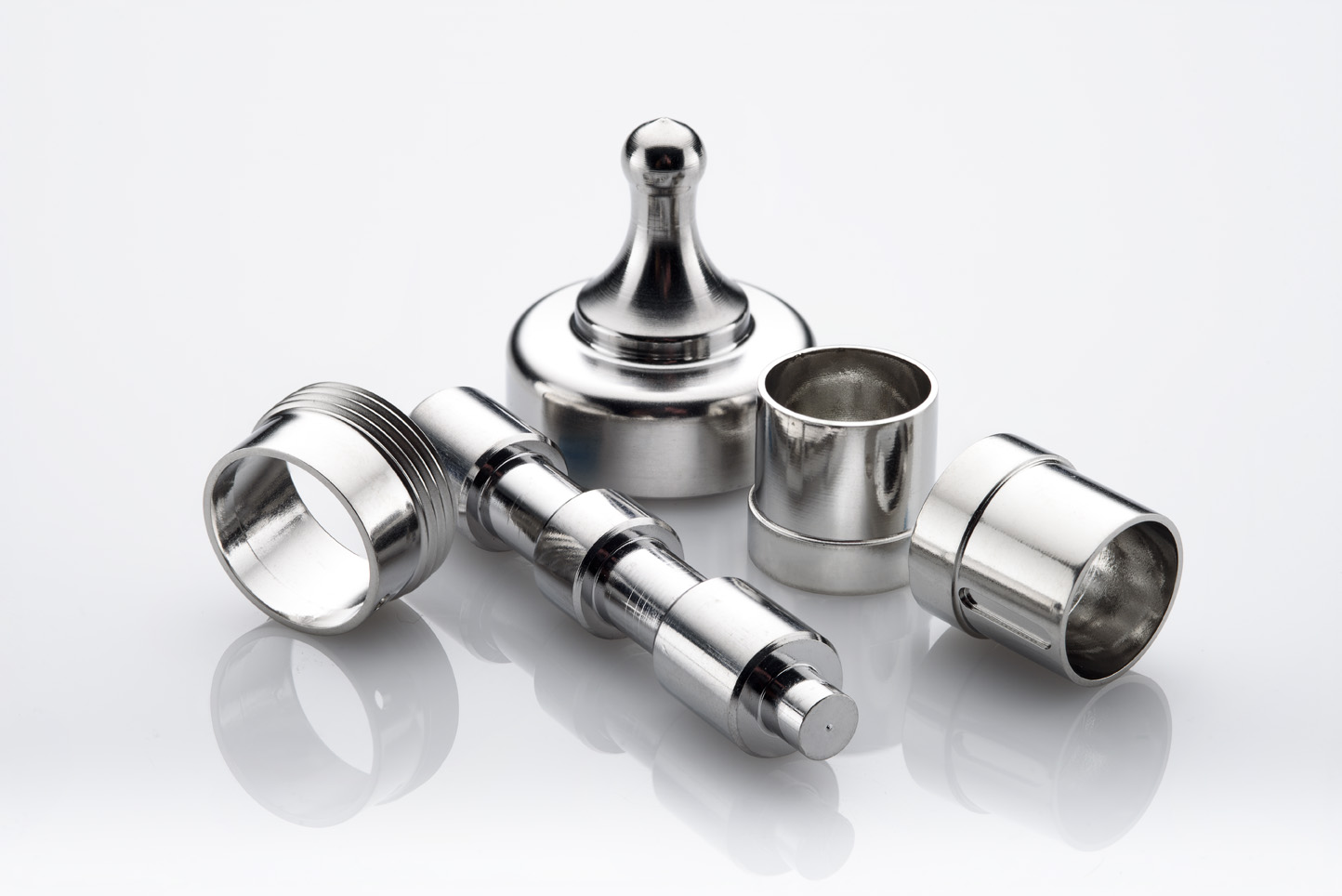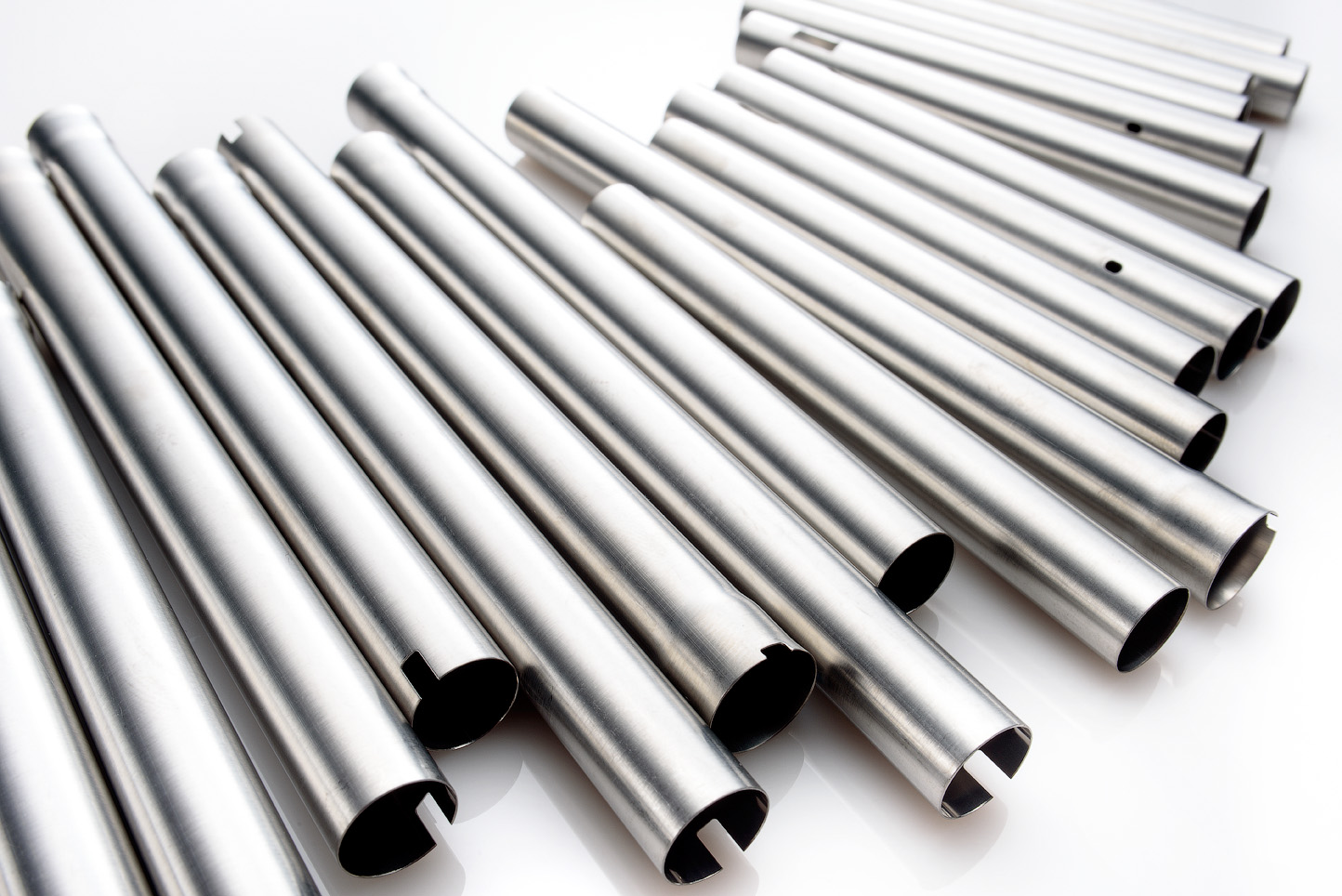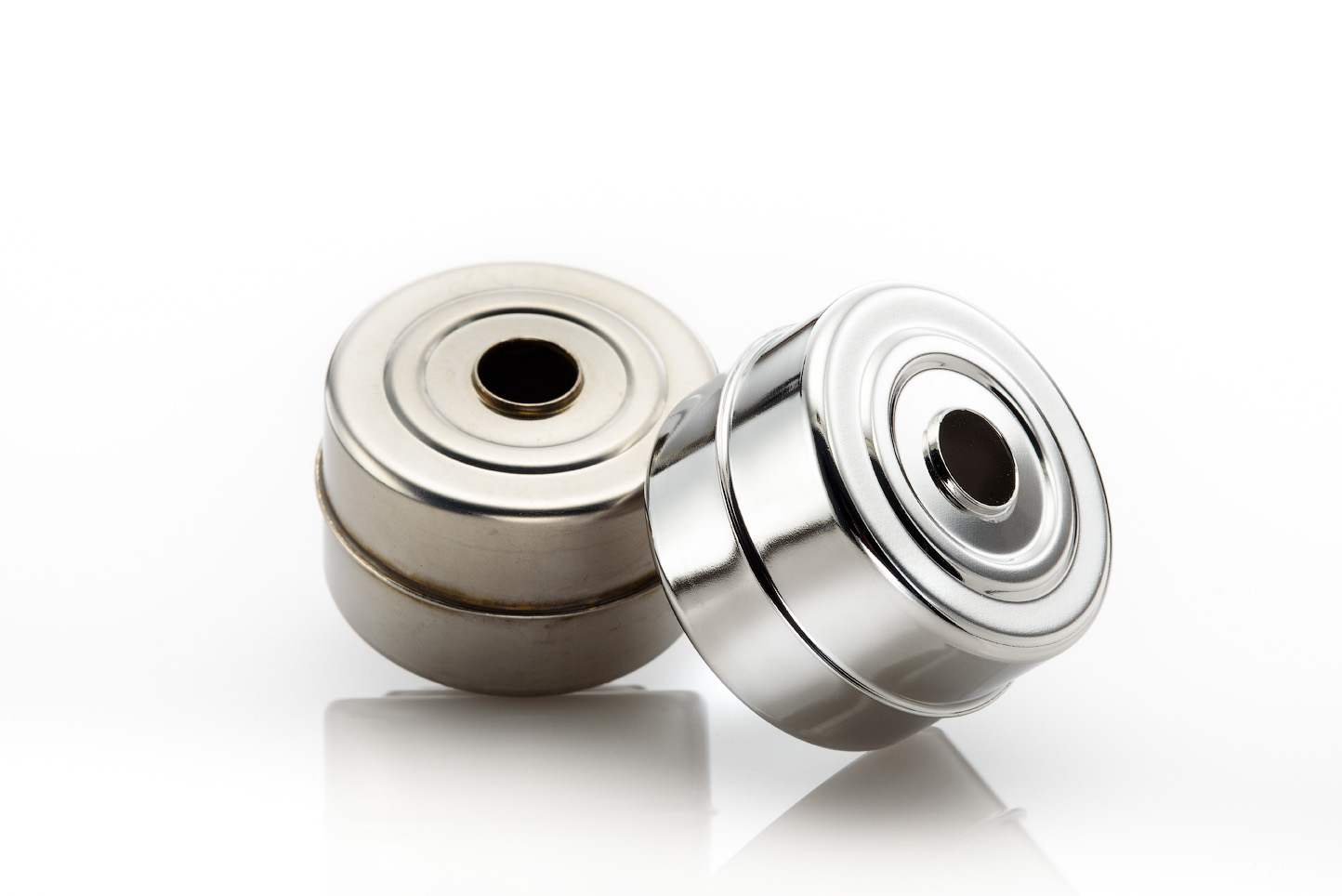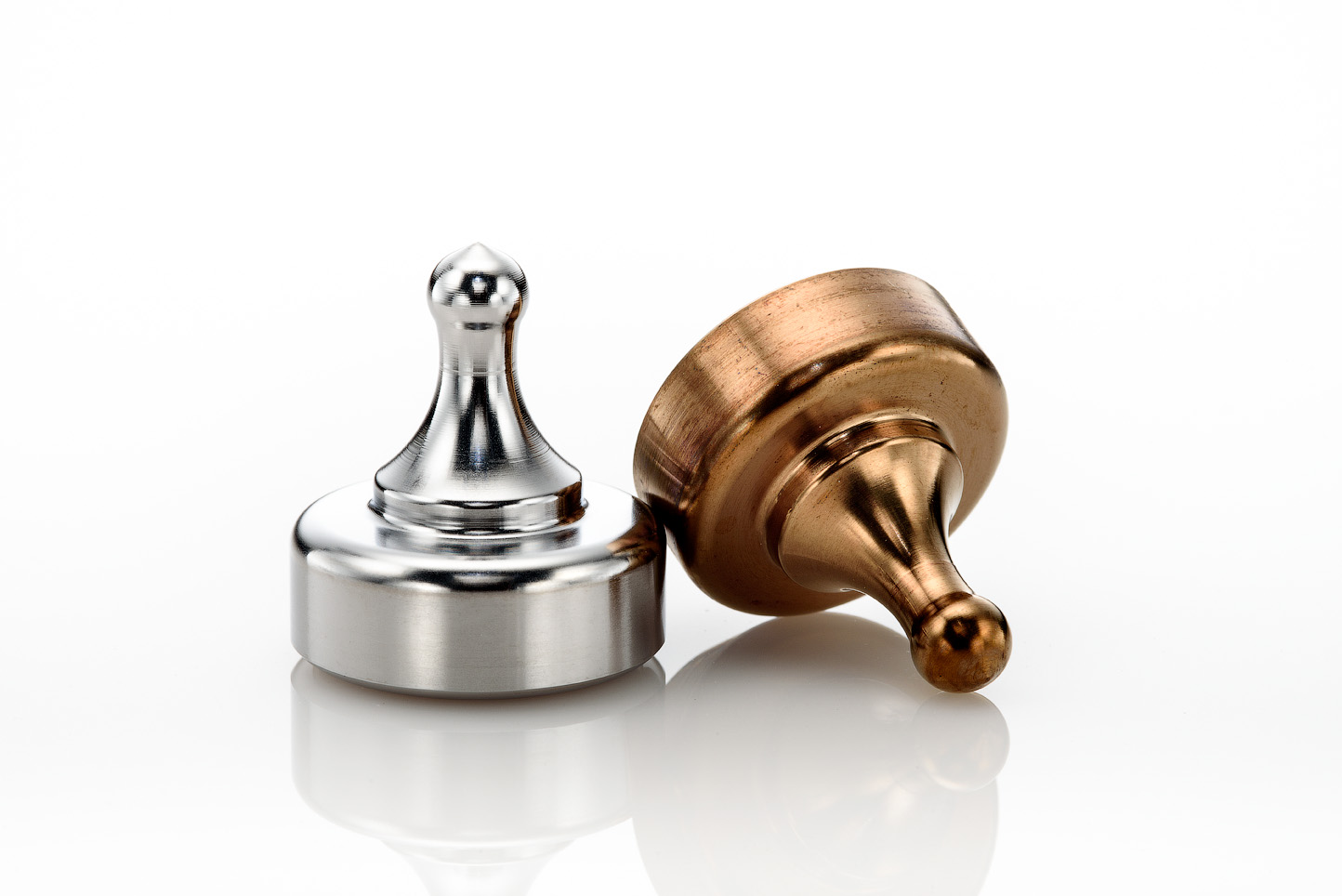Does electropolishing prevent corrosion?
Does Electropolishing prevent corrosion? Yes. Electropolishing is an effective method for preventing corrosion in metals. Electropolishing is an electrochemical process that enhances metal alloys resistance to corrosion and is used to clean, deburr and passivate metals by removing impurities from the surface of the metal left behind from manufacturing processes. Electropolishing is an effective means of achieving passivation, which is essential for corrosion resistance.
Electropolishing: A Shield Against Corrosion for Metal Alloys
In the realm of metal alloys, where resilience meets precision, the battle against corrosion is constant. Traditional methods offer defense, but there’s a transformative process that stands out as a powerful shield: Electropolishing. This advanced technique not only enhances the aesthetic appeal of metal alloys but also plays a pivotal role in preventing corrosion, ensuring the longevity and durability of components in various industries.
Understanding the Science Behind Electropolishing:
At its core, electropolishing is an electrochemical process that removes surface material from metal alloys. By immersing the metal in an electrolyte bath and applying an electric current, this controlled process dissolves surface imperfections, contaminants, and micro-roughness. The result is a metal surface that is not only impeccably clean but also remarkably smooth, free from defects that could trigger corrosion.
Corrosion Resistance Amplified:
Electropolishing significantly improves a metal alloy’s resistance to corrosion, making it an invaluable asset in industries where metal components face harsh environmental conditions or aggressive chemicals. By eliminating surface irregularities and impurities, electropolishing reduces the risk of pitting, crevice corrosion, and stress corrosion cracking, ensuring the metal remains structurally sound even in challenging environments.
Enhancing Lifespan and Performance:
Metal components treated with electropolishing exhibit extended lifespan and enhanced performance. Whether in aerospace, medical devices, automotive engineering, or food processing, electropolished alloys maintain their integrity, ensuring safety, reliability, and functionality. The electropolishing process not only prevents corrosion but also contributes to the overall efficiency of the components, making them more resistant to wear and fatigue.
Why does stainless steel rust?
“Because of its resistance to corrosion, stainless steel is widely used in industries such as semiconductor, food service, marine and medical devices. However, even the most durable metals are not immune to rusting. So, why does stainless steel rust?”
What is passivation?
Stainless steel is considered “passivated” when it can demonstrate a high resistance to corrosion, in an environment where corrosion would be expected to take place. Passivation is a process used to protect metal surfaces from corrosion and damage by removing impurities from the surface. It helps to strengthen the surface of the metal, making it more durable and resistant to environmental factors. The most common forms of passivation for stainless steel alloys are electropolishing and citric acid passivation.
How Does Passivation Work?
Passivation through electropolishing works by removing any impurities from the metal surface which can lead to corrosion. This is done by exposing the metal to an electro chemical solution designed to remove those impurities, deburr parts and improve surface finish. This helps to restore the chromium layer layer on the surface of the metal, helping to prevent it from rusting or corroding.
Electropolishing is a great way to help prevent corrosion in stainless steel. It helps to remove any surface imperfections and contaminants that are often the cause of corrosion in stainless steel. By removing these surface imperfections, it helps to create an environment where stainless steel can remain corrosion-free for longer. It’s no wonder why electropolishing has become a crucial component of the manufacturing process in key industries such as medical, laboratory, semi-conductor, orthopedics, aerospace and more.
Electropolishing Examples
View some of the following examples to see how electropolishing can help prevent corrosion.
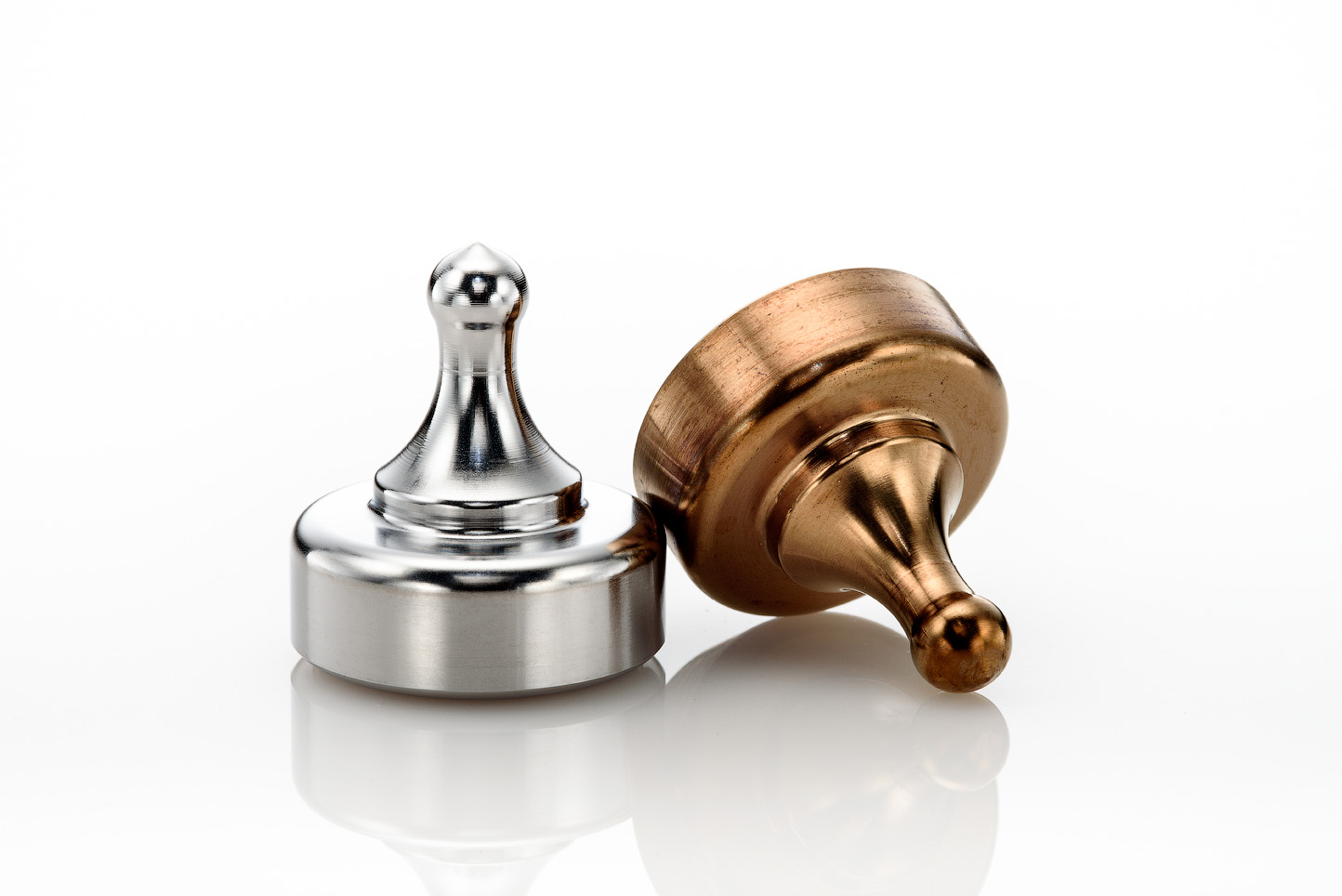
High Treated Machined Parts
Electropolishing will help prevent corrosion and will remove heat scale and contaminates on a parts’ surface.
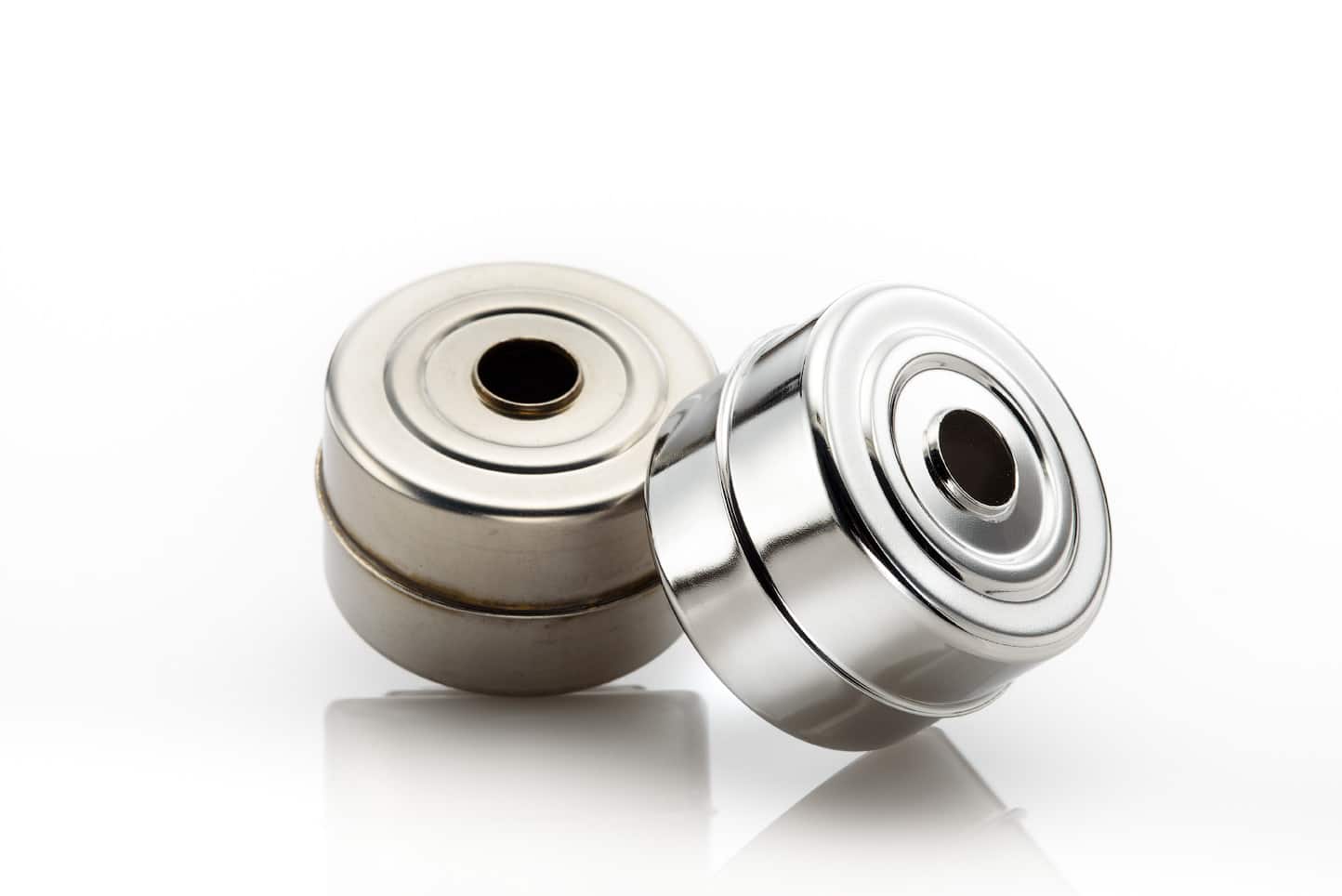
Level Floats
Electropolishing removes weld discoloration while producing a mirror finish that is corrosion resistant.
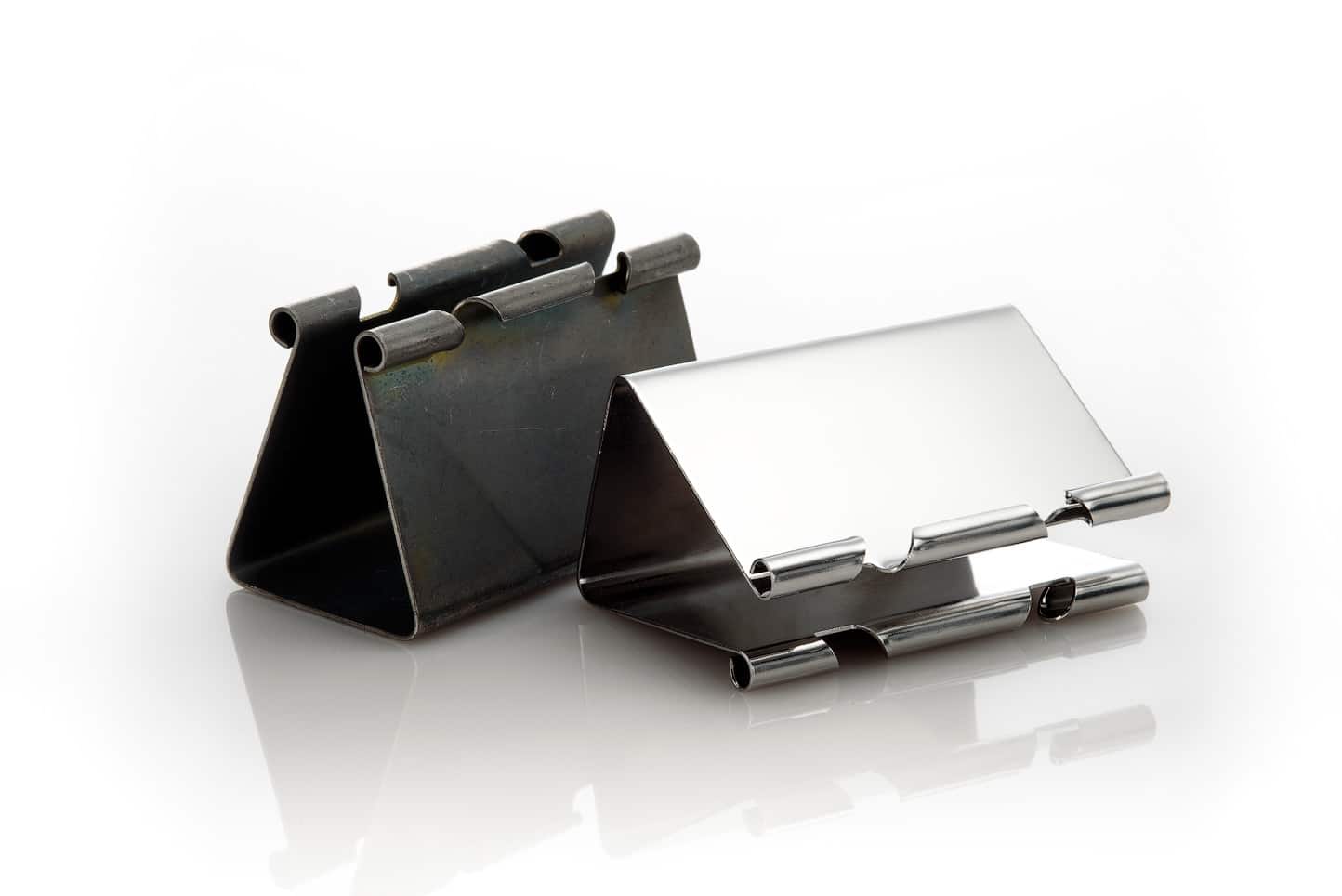
Surgical Clips
Through electropolishing, oxide is removed from the surface of the metal creating a mirror finish that is resistant to corrosion.
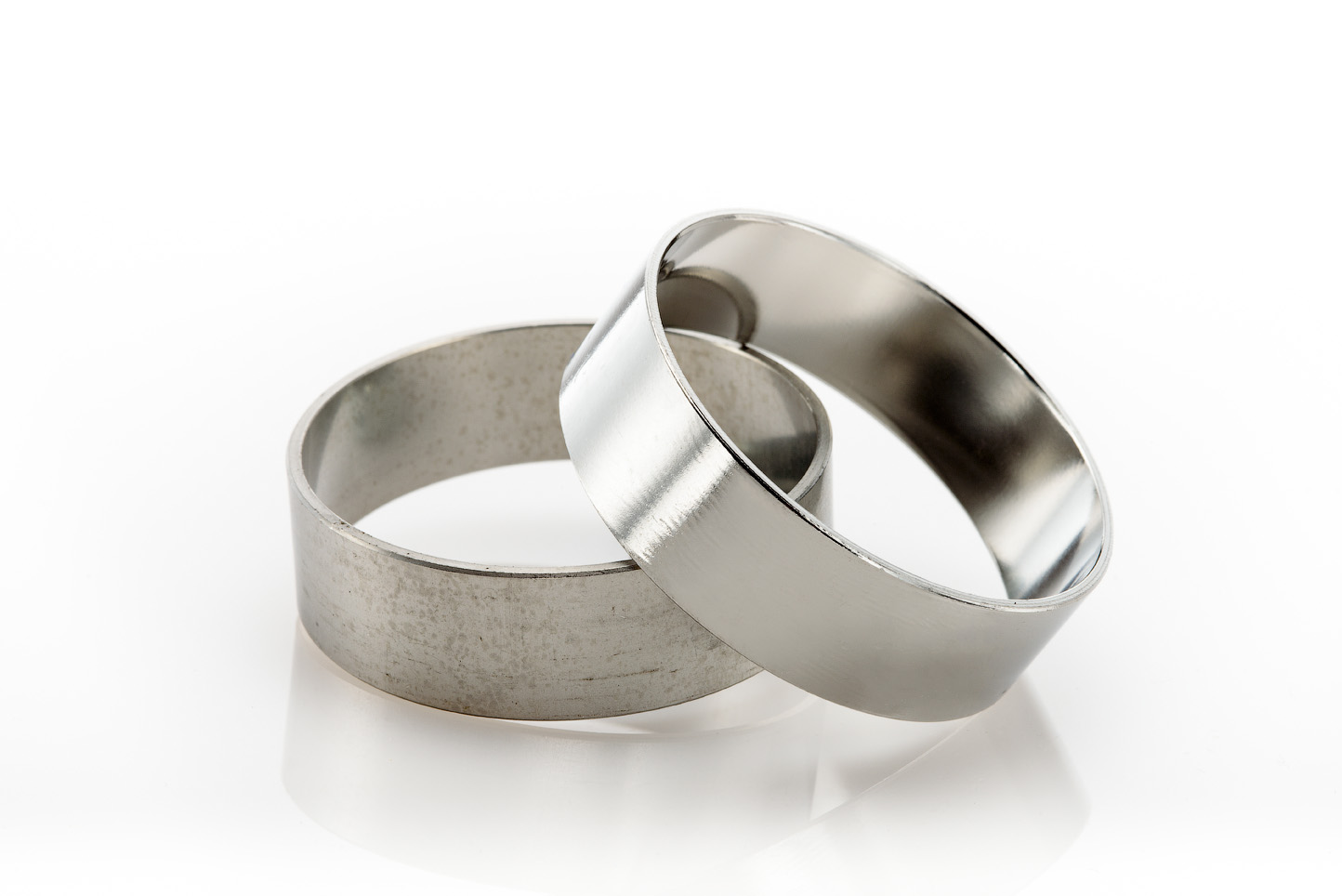
Small Electropolished Rings & Tubes
OD and ID finishing of High Purity Ring-Internal Ra 8.
Electropolishing Resources
What is Electropolishing?
Electropolishing is an electrochemical and reverse plating process that removes the outer layer of skin on a metal...
The Electropolishing Process
The electropolishing process is initiated by immersing a metal part into a temperature-controlled bath of electrolyte...
How Much Material Does Electropolishing Remove?
Electropolishing, when done properly is a highly controllable process which removes as little as...
How Much Will Electropolishing Improve the Surface of my Part?
Ra and RMS are both representations of surface roughness. Ra is calculated as the roughness average of a surface’s...
What is ASTM B912?
ASTM B912 is an industry standard for the passivation of stainless steel alloys through electropolishing...
What is ASTM A967
ASTM A967 is an industry standard specification for the chemical passivation treatments for stainless...
